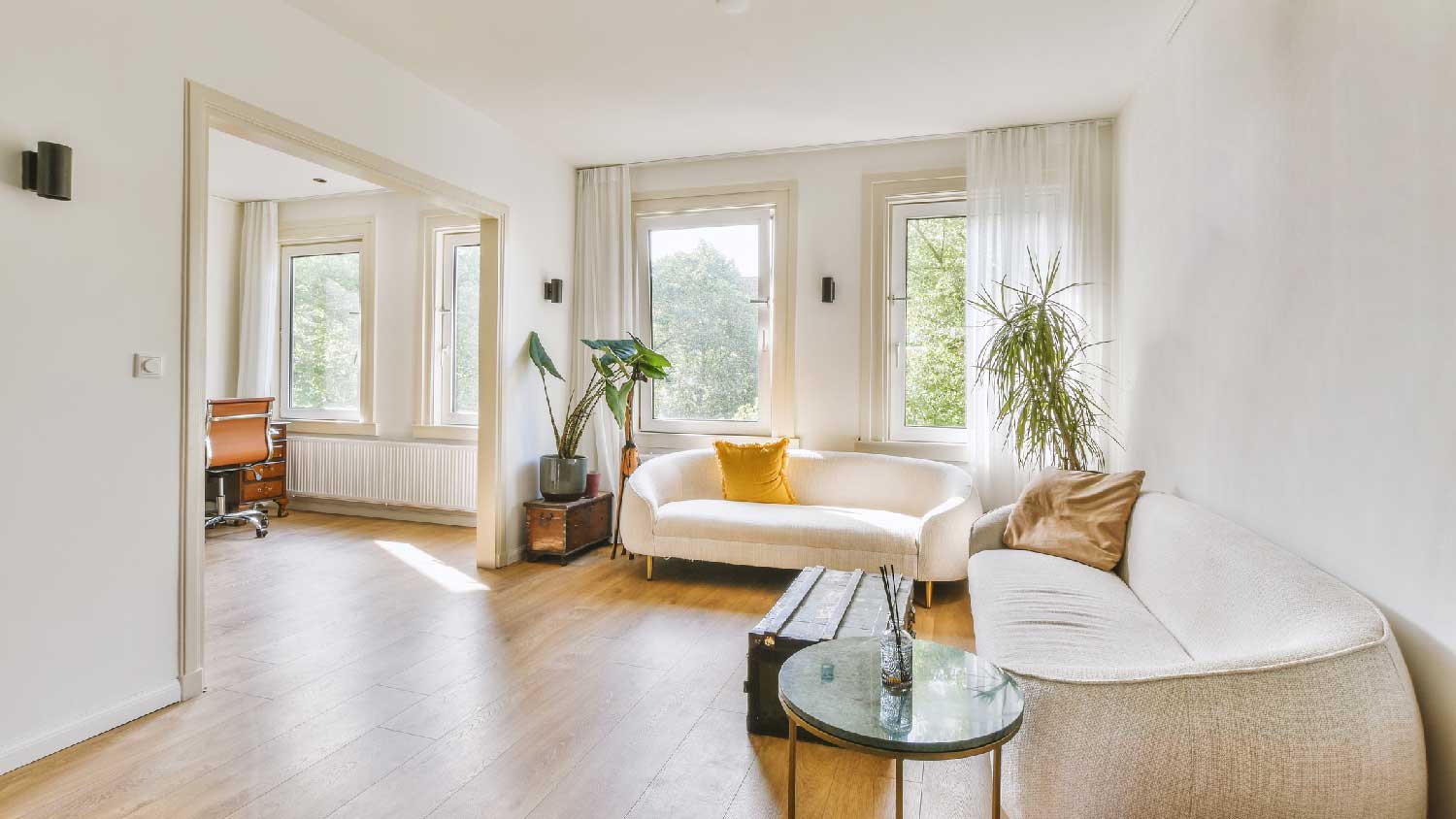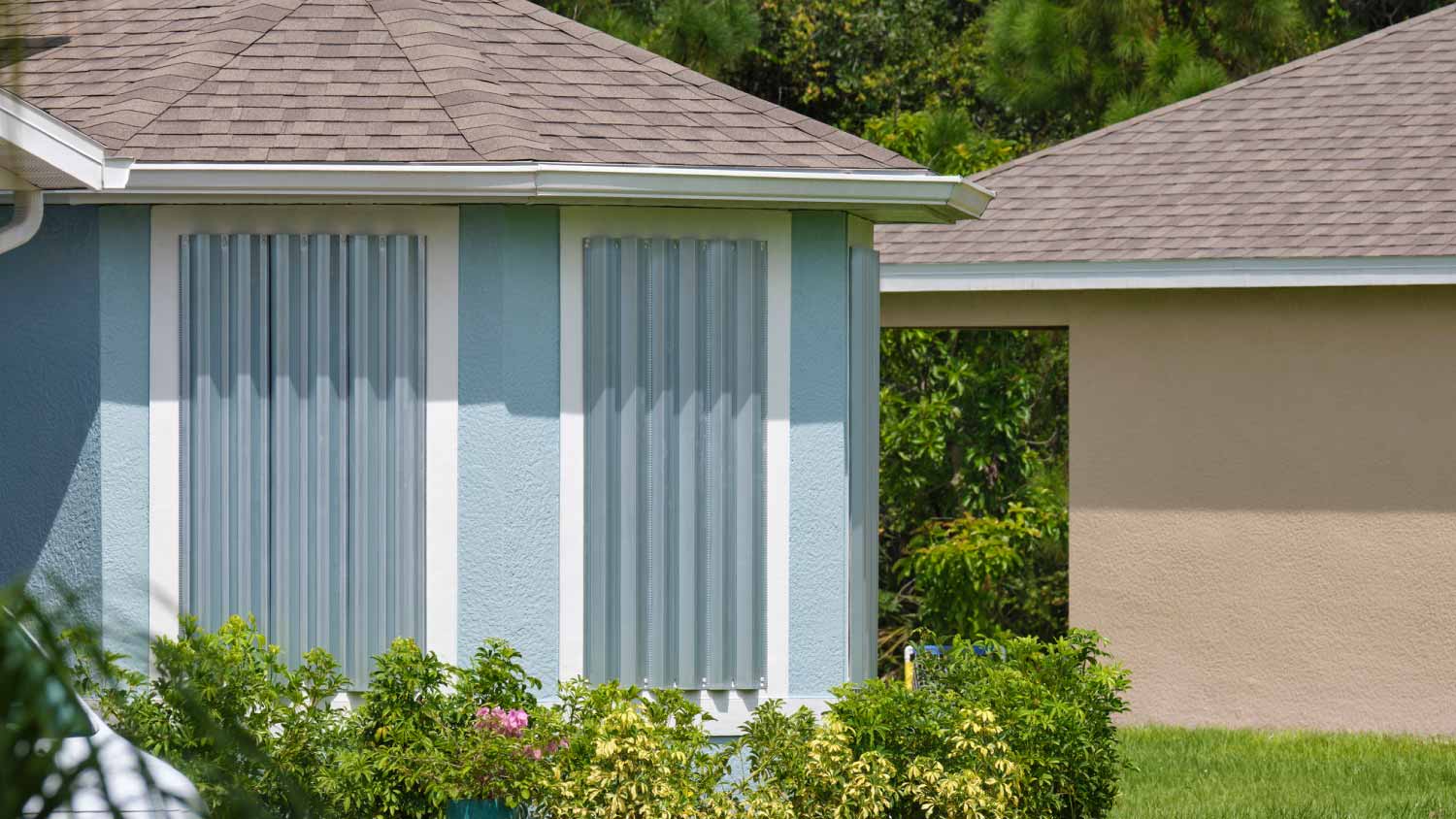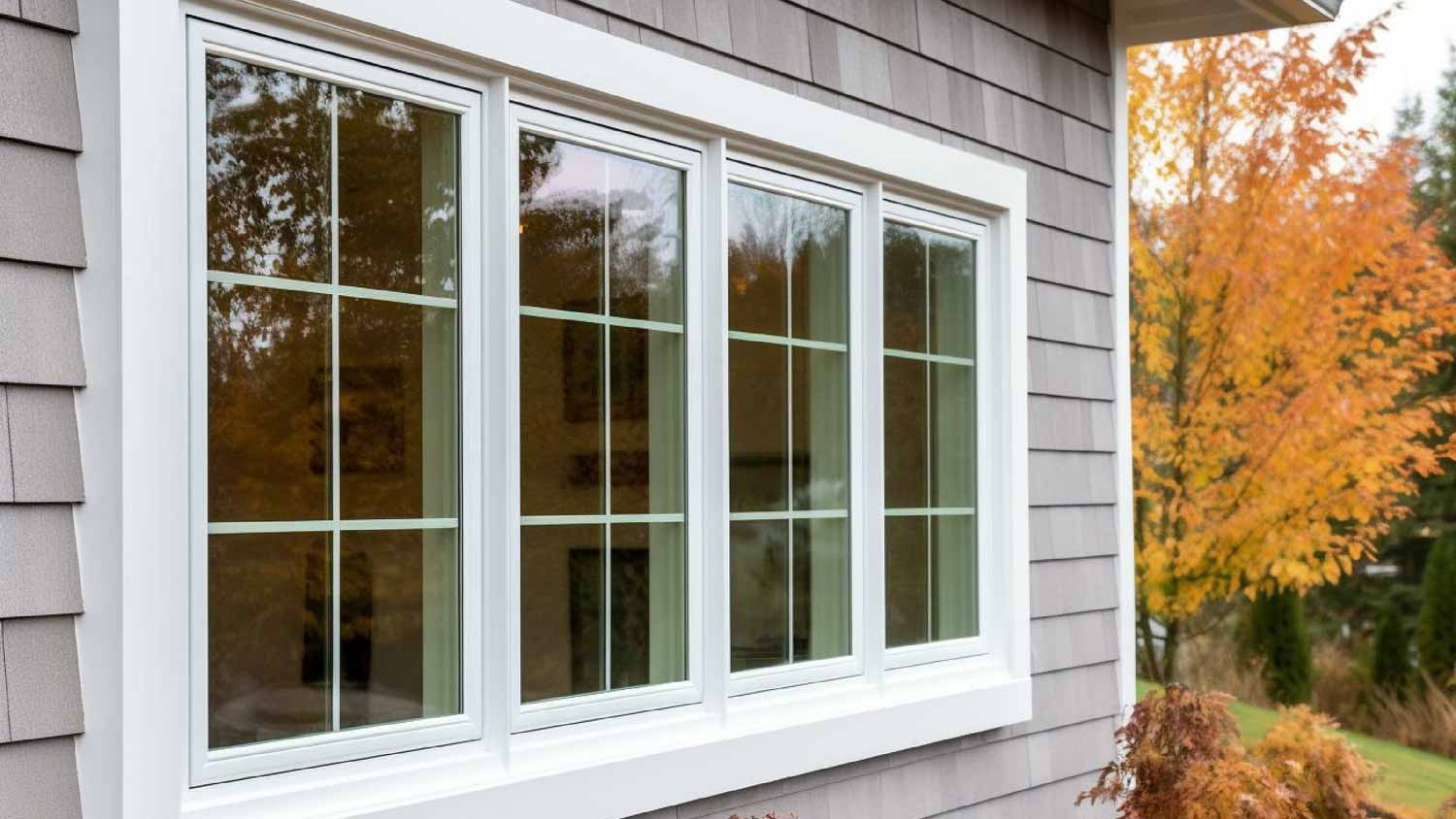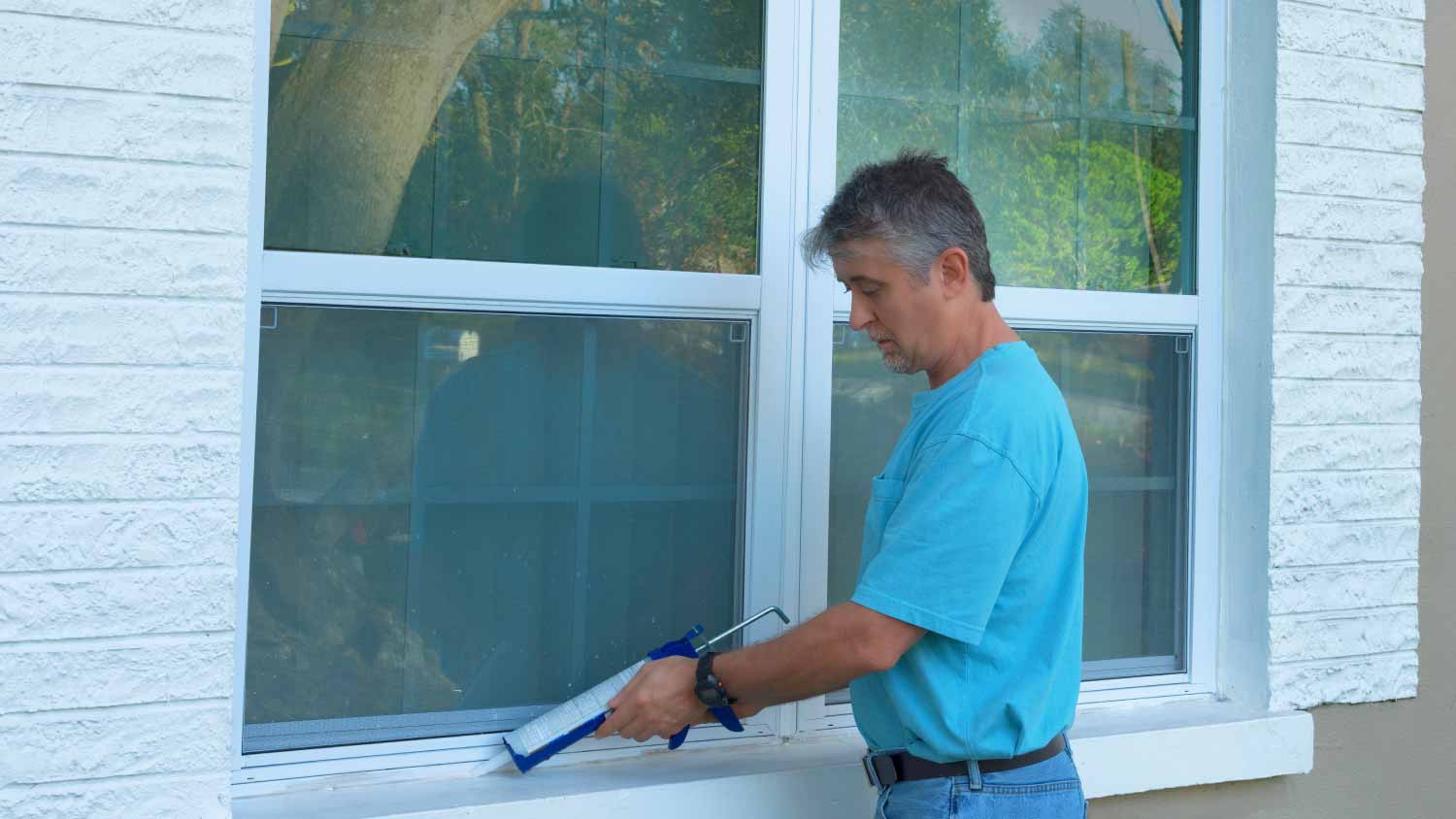What’s the Difference Between Impact Windows and Hurricane Windows?
It’s as easy as P-V-B


Impact windows are made from with multiple layers of PET laminated glass and PVB between thick panes.
Hurricane windows are thinner and made with laminated PVB.
Hurricane windows protect against high winds, but not flying debris and objects.
The materials and thicker panes of impact windows help to prevent damage from stray objects.
Both are great options if you are looking to prevent damage from natural disasters and lower your insurance premium.
You’ve seen it in countless disaster movies: high winds so extreme they shatter windows or send an Adirondack chair hurtling through the air, smashing glass on impact. These situations are dramatized in the theater, but they’re rooted in reality—just ask anyone who lives in hurricane country. If you live in a region with extreme weather, upgrading to impact or hurricane windows can make a significant difference in protecting your home. Rather than fretting about potential damage from the next storm, research the differences between impact and hurricane windows and pick the best one for your home.
What Are the Differences Between Impact Windows and Hurricane Windows?

High winds are no match for either impact or hurricane windows—but what about flying objects? Learn why—if you’re worried about tree branches, lawn furniture, or other objects crashing into your home—you might choose impact windows over hurricane windows.
| Type of Difference | Hurricane Windows | Impact Windows |
|---|---|---|
| Material | Laminated safety glass | Tempered, impact-resistant glass |
| Intended for | Severe weather | Some severe weather and direct impact |
| Pane size | Thinner panes | Thicker panes |
Impact Windows vs. Hurricane Windows: Key Differences

Both impact and hurricane windows are great choices if you live somewhere with extreme weather, but it’s important to know the nuanced differences between the two so you can determine which is best for you—and which will make you feel more secure, should a natural disaster strike.
Material
The main difference between impact windows and hurricane windows is the material they are made from. Impact windows are manufactured with multiple layers of PET laminated glass and PVB between thick panes. The windows are therefore heavier and thicker than hurricane windows, which are made with laminated PVB. The extra thickness and layering of impact windows prevent them from shattering when something flies into them, while the lightness and flexibility of hurricane windows allows them to bend slightly with high winds with a lower chance of breaking.
Durability
Hurricane windows are designed to withstand high winds, such as that from a hurricane, but are not thick enough to remain solid and secure after a heavy impact. Impact windows, as their name suggests, are made from thicker, sturdier panes and materials, able to withstand a blow from something as large as a patio chair.
Insulation
While both styles of windows will increase your home’s energy efficiency, impact windows insulate better due to their multiple, thick panes and layers.
Installation
Both hurricane and impact windows are made from heavy glass and will require professional installation. With impact windows, the installation might create an additional cost: you might find that you need to invest in thicker window frames to accompany the thicker window.
Cost
Both hurricane windows and impact windows are more expensive than traditional windows, given the additional materials needed to manufacture them. Impact windows tend to be the costliest of the options, though the final price will depend on your window’s size and shape if you need to replace any frames and the frame material.
Frequently Asked Questions
While impact windows offer excellent protection against high winds and flying debris, they are expensive—usually 20–40% higher than standard windows. You’ll also need to hire a local window pro with experience installing these types of windows, as they can be heavy and unwieldy. Finally, note that you might experience limited visibility with impact windows given the thicker panes and layers of material.
Impact windows can last between 10 and 40 years, depending on how much wear and tear they receive. This is roughly within the range for standard windows; standard windows tend to last between 15 and 50 years. You can extend your windows’ lifespans by performing regular maintenance on them and ensuring they are installed correctly.
It depends on the insurance company policy, but many companies will offer a discounted rate if you install impact or hurricane windows as they reduce the chance of damage to your home. If you are interested in this perk, make sure to discuss it with your insurance company, as they will likely need your windows to meet certain standards, such as those set by the American Society for Testing and Materials.














